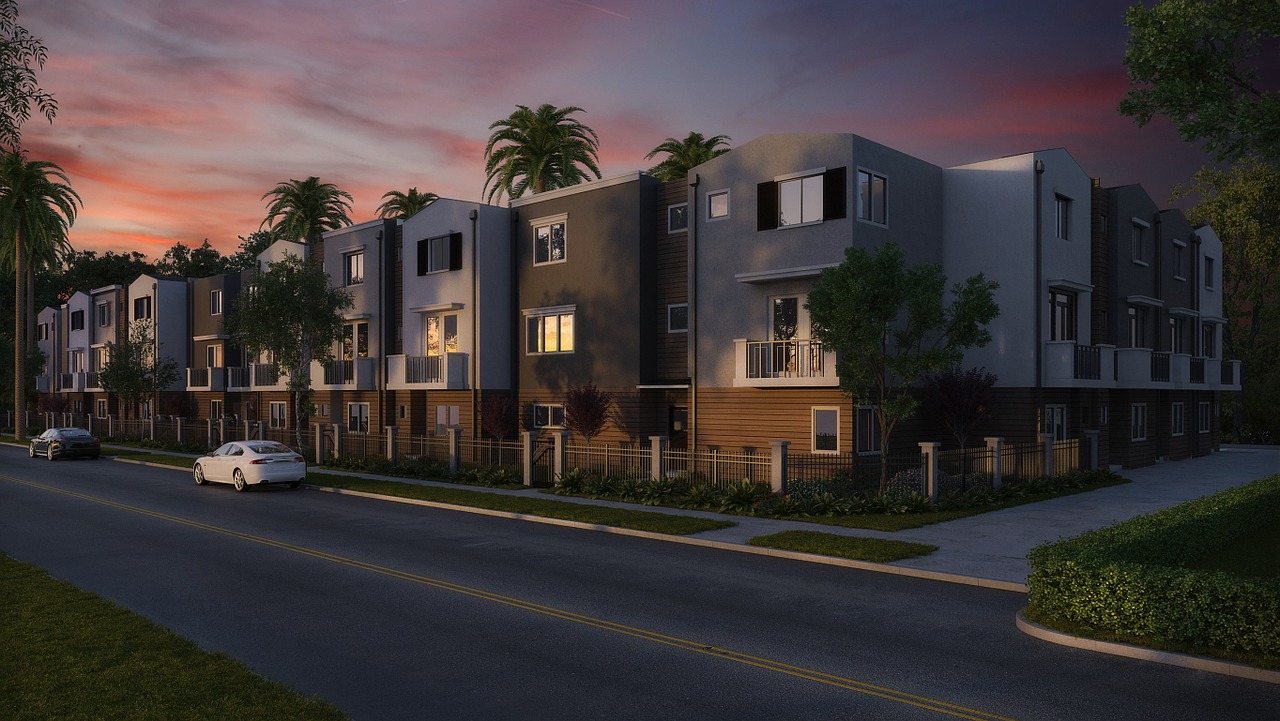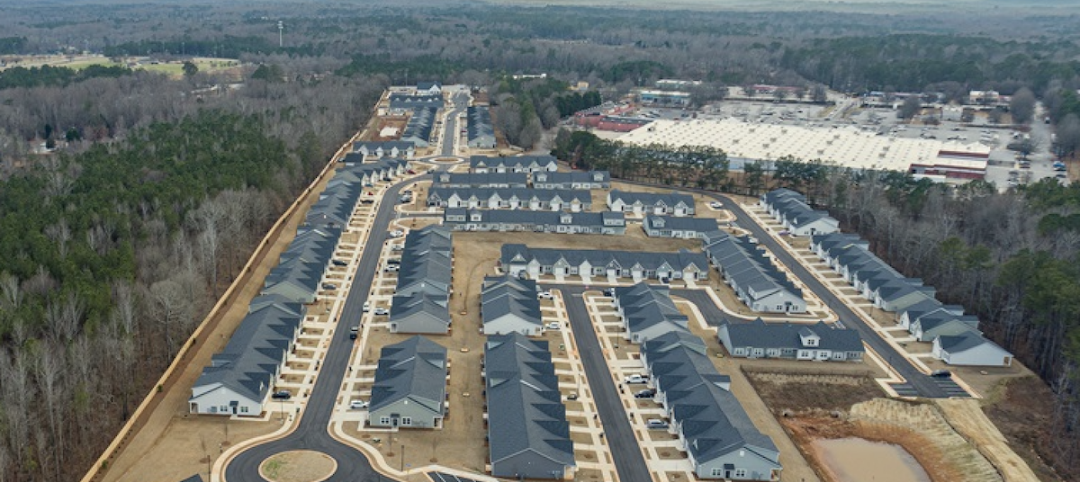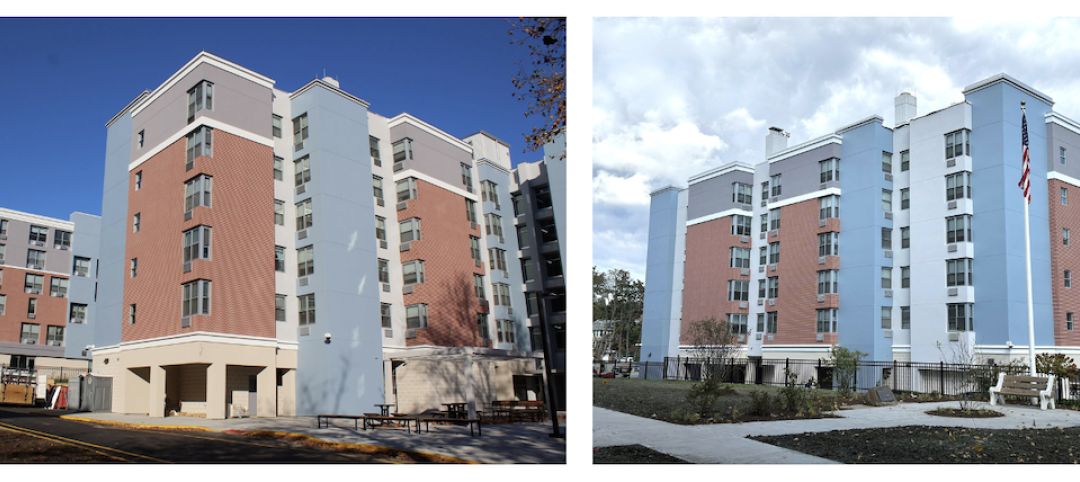Development will play a key role in the U.S. multifamily market in 2018. Developers are poised to register the second-highest annual completions count of this cycle, with as many as 258,000 units delivered. This is based on 62 markets tracked by CBRE Econometric Advisors.
This would be down by 9.2% from 2017’s cycle peak, projected at 284,000. Apartment starts began to slow in 2017, so the multifamily market will get a reprieve from new supply by late 2018 and throughout 2019.
Starts will continue to slow in 2018, as banks have scaled back development lending over the past two years. While other sources of development capital have emerged (e.g., debt funds) or reemerged (e.g., HUD financing), the climate for financing new development should remain more conservative, and debt capital costs more expensive.
For more, download CBRE’s free 2018 Multifamily Outlook report (registration required).
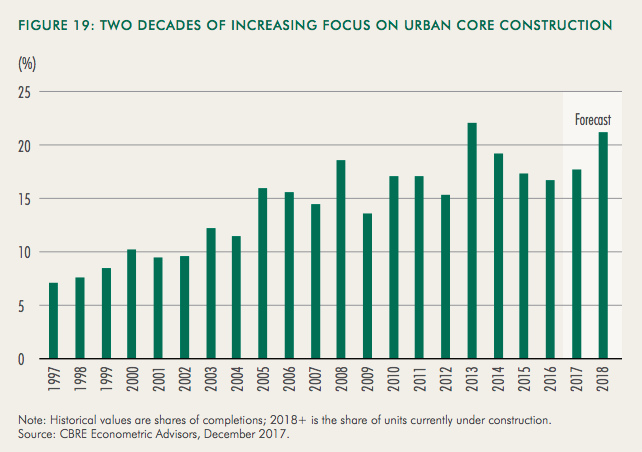 As of December 2017, nearly 23% of all units under construction in U.S. markets are in urban cores. In the long term, urban core multifamily will perform well, but for the short term, market statistics indicate that the best development opportunities are in the suburbs.
As of December 2017, nearly 23% of all units under construction in U.S. markets are in urban cores. In the long term, urban core multifamily will perform well, but for the short term, market statistics indicate that the best development opportunities are in the suburbs.
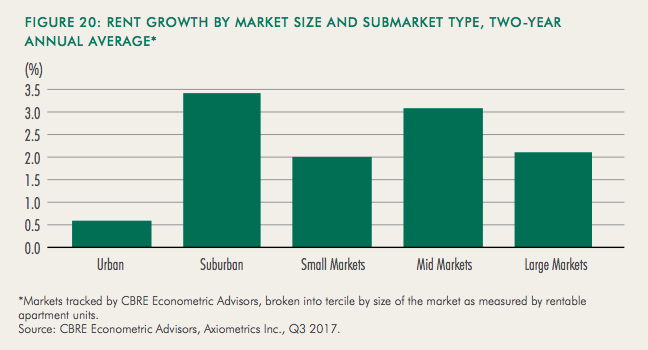 Suburban markets have seen the highest rent growth rate over the past two years.
Suburban markets have seen the highest rent growth rate over the past two years.
Related Stories
Standards | Apr 1, 2024
New technical bulletin covers window opening control devices
A new technical bulletin clarifies the definition of a window opening control device (WOCD) to promote greater understanding of the role of WOCDs and provide an understanding of a WOCD’s function.
Adaptive Reuse | Mar 26, 2024
Adaptive Reuse Scorecard released to help developers assess project viability
Lamar Johnson Collaborative announced the debut of the firm’s Adaptive Reuse Scorecard, a proprietary methodology to quickly analyze the viability of converting buildings to other uses.
Green | Mar 25, 2024
Zero-carbon multifamily development designed for transactive energy
Living EmPower House, which is set to be the first zero-carbon, replicable, and equitable multifamily development designed for transactive energy, recently was awarded a $9 million Next EPIC Grant Construction Loan from the State of California.
Adaptive Reuse | Mar 21, 2024
Massachusetts launches program to spur office-to-residential conversions statewide
Massachusetts Gov. Maura Healey recently launched a program to help cities across the state identify underused office buildings that are best suited for residential conversions.
Multifamily Housing | Mar 19, 2024
Jim Chapman Construction Group completes its second college town BTR community
JCCG's 200-unit Cottages at Lexington, in Athens, Ga., is fully leased.
Multifamily Housing | Mar 19, 2024
Two senior housing properties renovated with 608 replacement windows
Renovation of the two properties, with 200 apartments for seniors, was financed through a special public/private arrangement.
MFPRO+ New Projects | Mar 18, 2024
Luxury apartments in New York restore and renovate a century-old residential building
COOKFOX Architects has completed a luxury apartment building at 378 West End Avenue in New York City. The project restored and renovated the original residence built in 1915, while extending a new structure east on West 78th Street.
Multifamily Housing | Mar 18, 2024
YWCA building in Boston’s Back Bay converted into 210 affordable rental apartments
Renovation of YWCA at 140 Clarendon Street will serve 111 previously unhoused families and individuals.
Adaptive Reuse | Mar 15, 2024
San Francisco voters approve tax break for office-to-residential conversions
San Francisco voters recently approved a ballot measure to offer tax breaks to developers who convert commercial buildings to residential use. The tax break applies to conversions of up to 5 million sf of commercial space through 2030.


